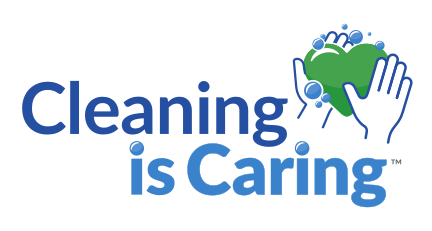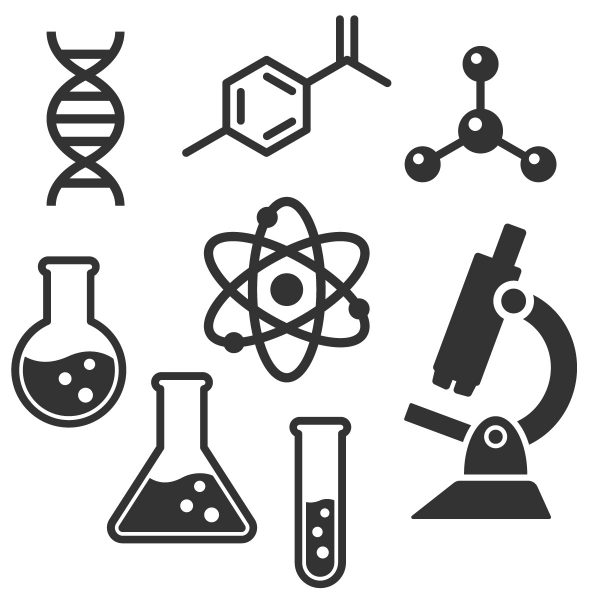Today is National S.T.E.A.M. Day – time to inspire kids to focus on the fields of Science, Technology, Engineering, Art and Math. Since so much science is involved in the formulation and evaluation of the cleaning products we use, the American Cleaning Institute wants to help children of all ages understand the difference between sound scientific studies and “junk science,” in which unproven theories are presented as fact.
First, it’s a good idea to evaluate the source of the information. For example, was the study completed by a reputable organization, and was it published in a peer-reviewed journal?
You’ll also want to look at the size of the study compared to others. One small study may show one finding, while another with a larger sample size may show a completely different and more accurate result.
Because there are a lot of misleading studies out there, the American Council on Science and Health actually created The Little Black Book of Junk Science to debunk the myths created by pseudoscience.
And, here are a few helpful articles on ways to spot sound studies:
- Three Ways to Spot Junk Science (National Law Review)
- How to Spot Junk Science (The Detroit News)
- Humans Can’t Tell Legitimate Science From Junk Science (Forbes)


I’m glad you talked about how it’s important to learn how to identify a good information source. Recently, I’ve started to develop some interest in learning about science. I’m not very familiar with it yet, but I’d like to keep learning and reading, so I’ll be sure to follow your tips to find science papers. Thanks for the advice on how to avoid falling for unproven scientific theories.